The Ricoh GX200 is a camera that, despite not having been officially part of the GR family, was conceptualized and designed as if it were. In 2007, Ricoh took the essence of its first GR Digital and added a discreet functional zoom, creating its second professional digital compact model, the GX100. What was born, in essence, was the GR Digital Zoom: a model designed for those who wanted the GR experience but with greater focal versatility. In 2008, they enlarged the sensor, added more megapixels, an image stabilizer, and released the GX200. However, commercial reasons (maintaining the GR as a fixed-lens series) led to it being sold under the GX name. Thus, the GX200 became the “invisible GR model,” the premium compact with zoom that could have been a GR.
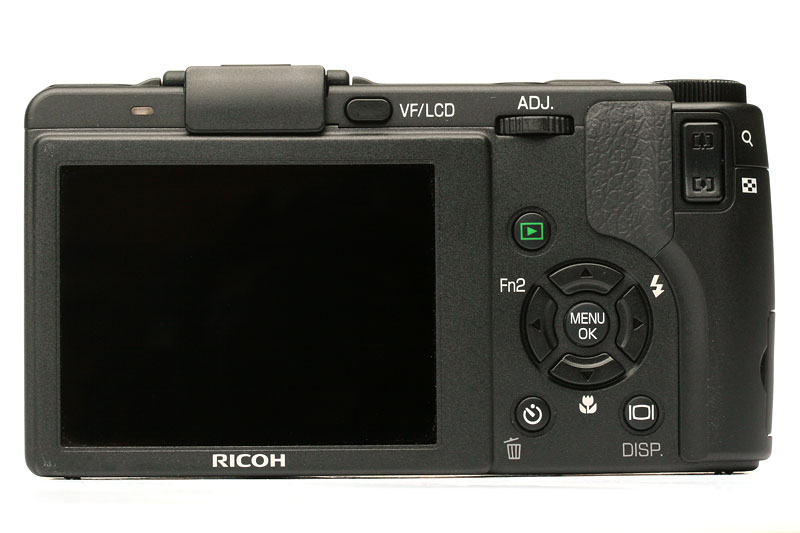
Main Features
GX200 (GR Digital Zoom)
– Sensor: 1/1.7” 12 MP CCD
– Lens: 24-72 mm equivalent f/2.5-4.4
– RAW: Native DNG (simple workflow)
– Controls: Full manual (MAP + My Settings)
– Screen: 2.7” high resolution
– Stabilization: Sensor-shift
– Viewfinder: Optional electronic (VF-1)
– Build: Metallic, compact, robust, ergonomic
– Focus: Fast, with 1 cm macro
– Design: Minimalist, discreet, GR-like
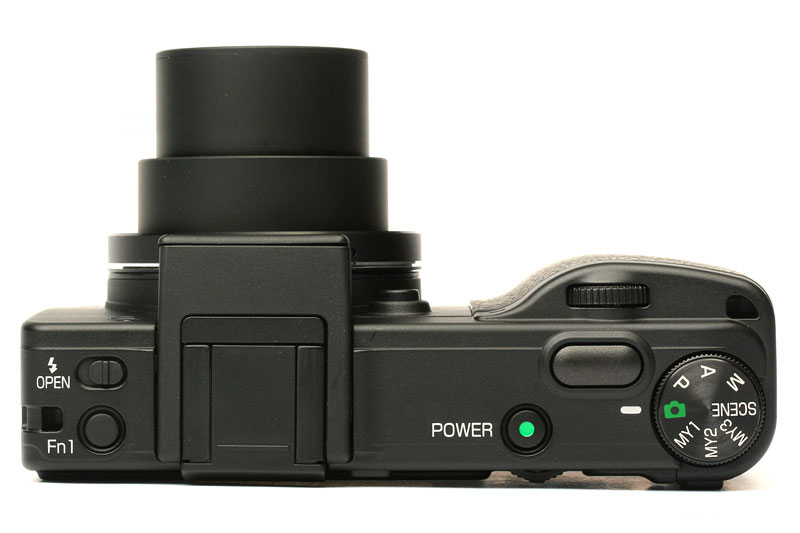
What makes it the GR digital Zoom
Design and controls: The GX200 shares the functional design and highly customizable menu typical of the GR line. Dedicated buttons, quick access to key parameters, and “My Settings” modes replicate the GR experience.
Wide-angle optical quality: 24 mm, sharp, with good distortion correction and character.
Usage philosophy: Designed for the conscious photographer who controls every parameter, ideal for street, travel, and documentary photography.
Minimalism with flexibility: Unlike a fixed GR, the GX200 offers a zoom that stays true to the essence: short, sensible, designed for practical use without exaggeration.
In essence, the GX200 is the GR for those who wanted more than a fixed 28 mm, but with the same soul.
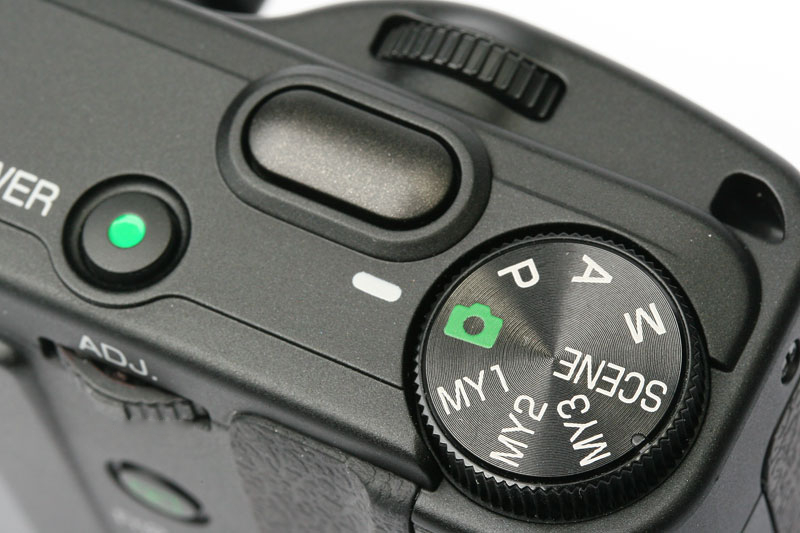
Pros
This camera is not for pixel peeping, however offers excellent image quality with raw processing, with beautiful film grain, vivid colors and good contrast like those in some old films. For internet purposes and small copies, color SOOC JPGs look good up to ISO 200, and up to ISO 400 in black and white. For more serious purposes, when using post-processed RAW files and Lightroom AI noise reduction, the image quality is excellent up to ISO 400, showing fine film-like grain. At ISO 800 and 1600 the image quality is not good.
Quick startup, snap focus at 2.5m, reliable AF, and intuitive controls make it an agile tool.
Incredible depth of field: you can set and save other distances manually for fast focus, but at hyperfocal distance of 1.6m with 24mm and f/2.5, depth of field covers 80cm to infinite, no need for AF and no low light hunting.
The image stabilizer provides a gain of at least two stops with sharp photos, so static subjects are no problem in low light.
Like the GR line, native DNG RAW support ensures a modern workflow and better ISO performance.
It accepts 16 GB SDHC cards with Wi-Fi. Except for the GR and GX camera lines, Ricoh did not make any other line of digital cameras that could shoot in RAW. Long drive, 350 shots.
The zoom can be set in 5 steps, as if it had 5 fixed lenses, 24mm, 28mm, 35mm, 50mm and 72mm.
I use it at 24 mm, but it can be set to start at 28 mm f/2.7, similar to the GR III, or at 35 mm f/2.9, similar to the GR IIIx, no need for two cameras or optical accessories. Ricoh modified the form factor to include a flash, despite there was no space in the body.
It also has three programmable buttons, auto EV compensation in aperture mode, intervalometer, non-stop continuous mode with stop on finger lift, custom noise reduction, custom ISO setting, level display, skew correction, levels correction with histogram, white balance correction, internal memory for 23 quality JPG files and the ability to use AAA batteries in emergencies.
Added to this are excellent ergonomics, a clear interface, pocket-sized portability, and a discreet design that make it ideal for documentary photography, all backed by good build quality.
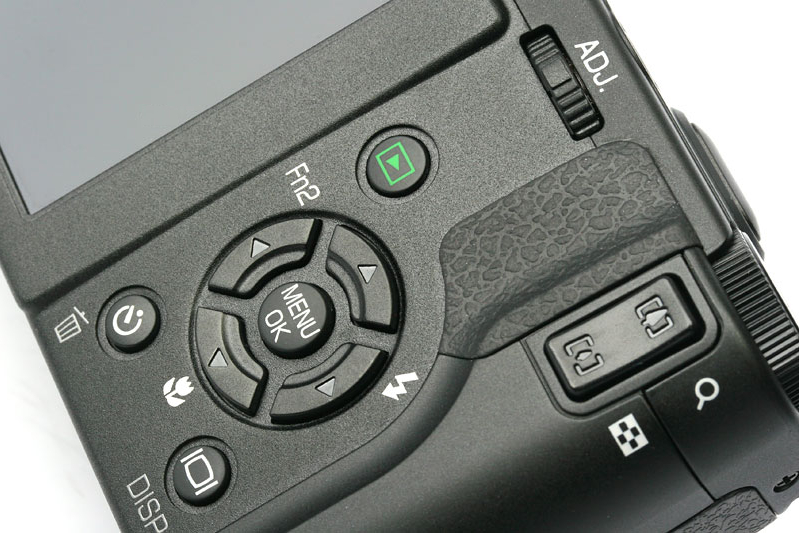
Below you can find some JPG SOOC Sample Images from The Autism project, where I seek to photograph everything, I seek the uniqueness and completeness of my space, I seek myself.
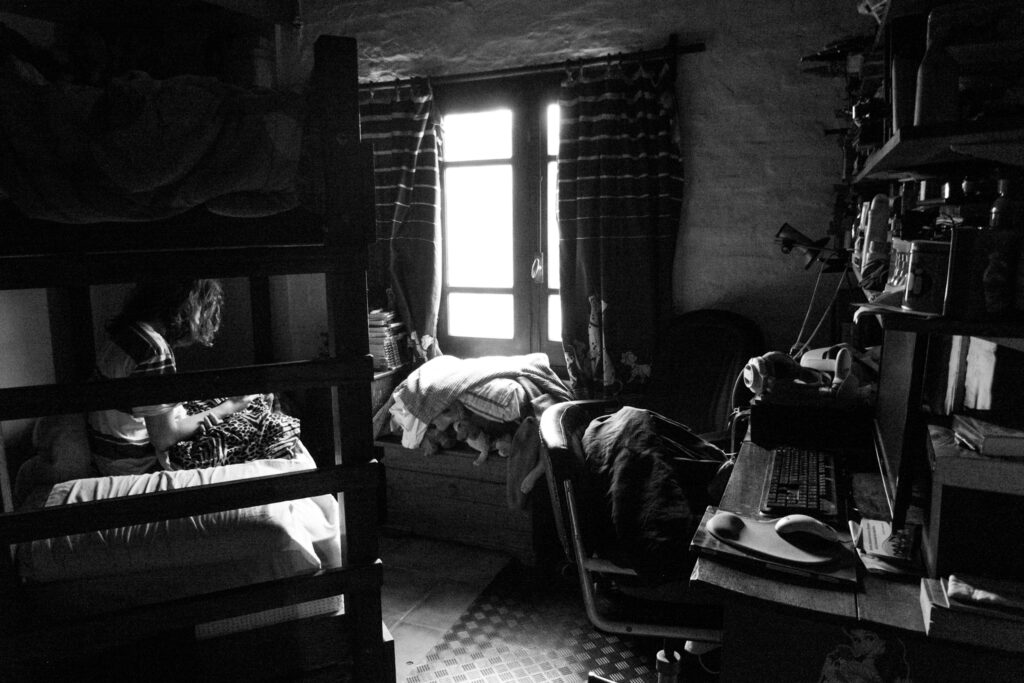
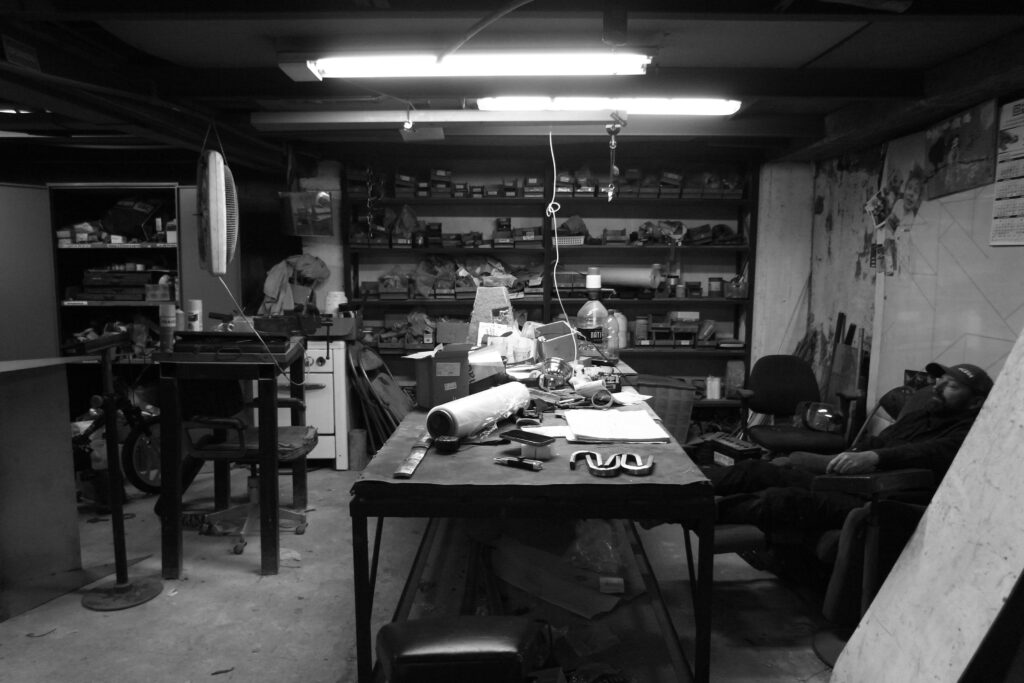
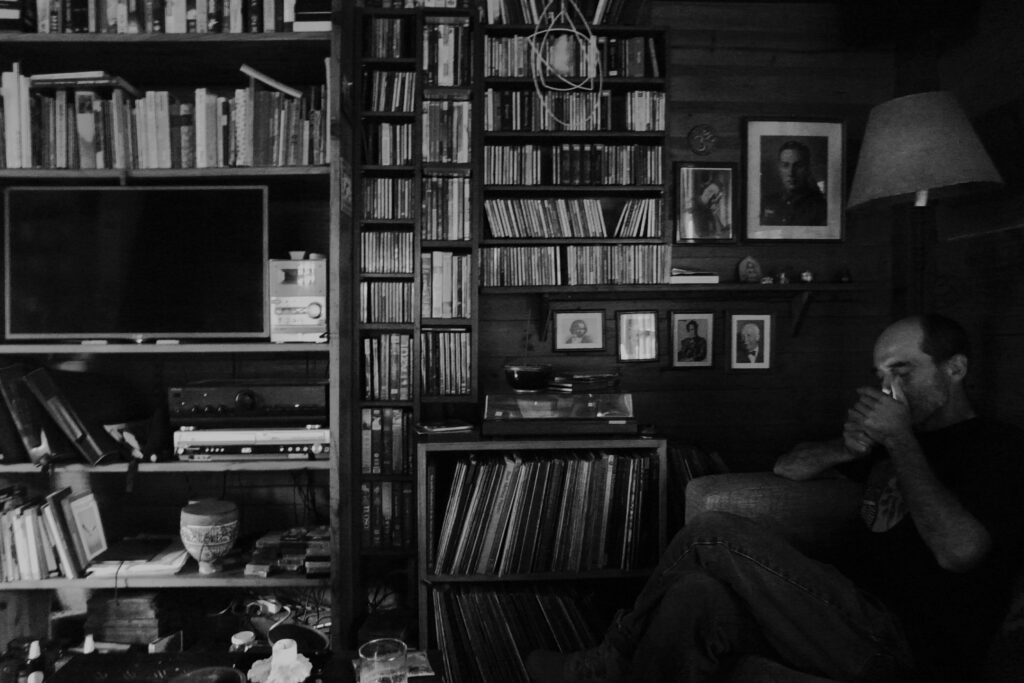
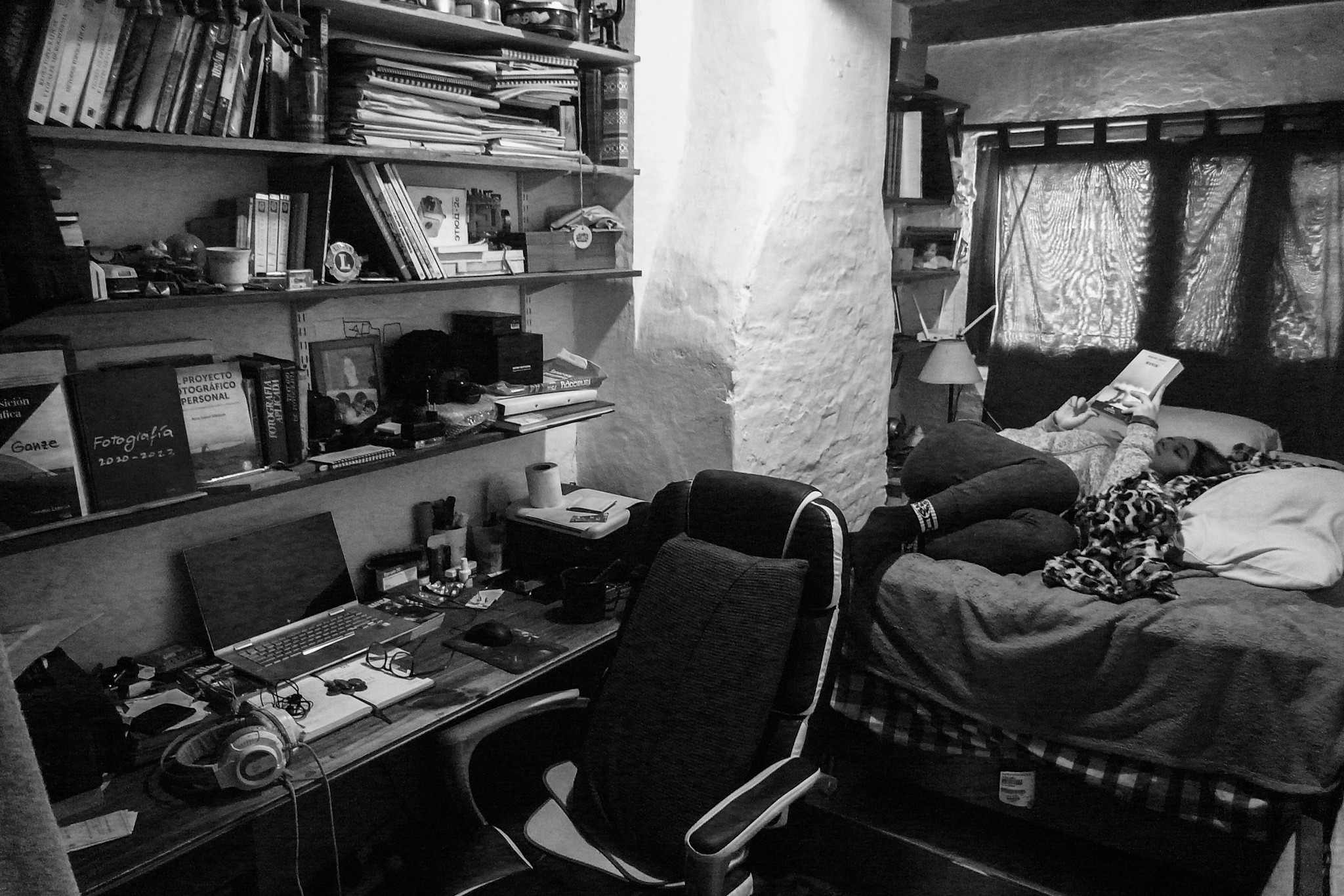
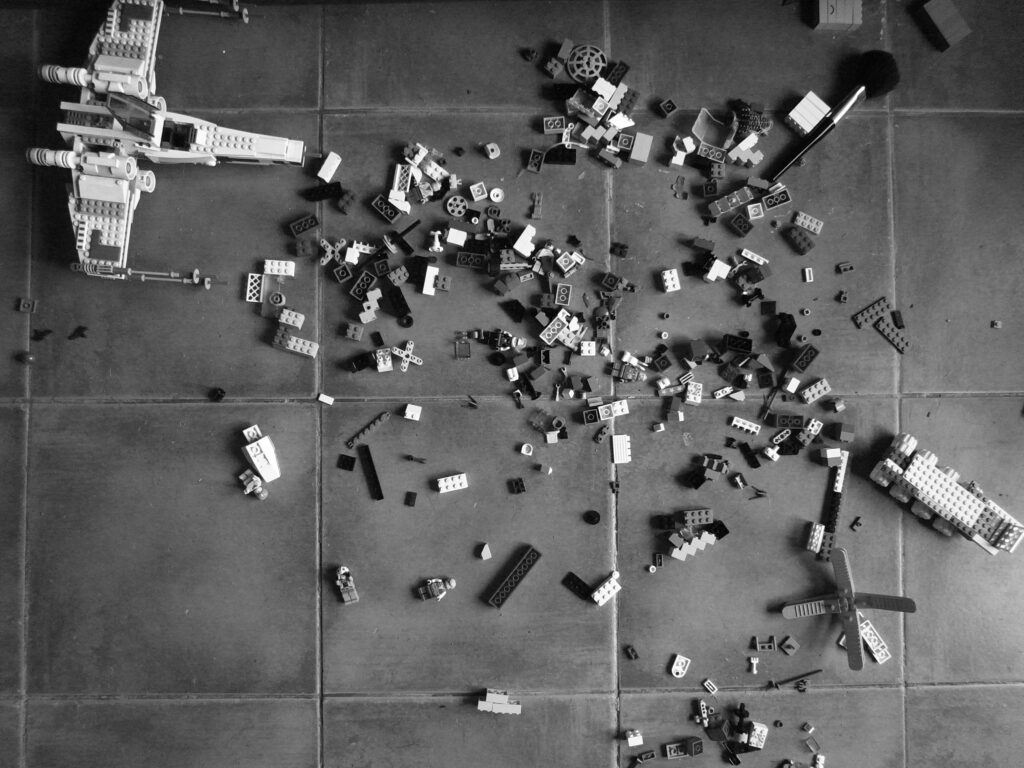
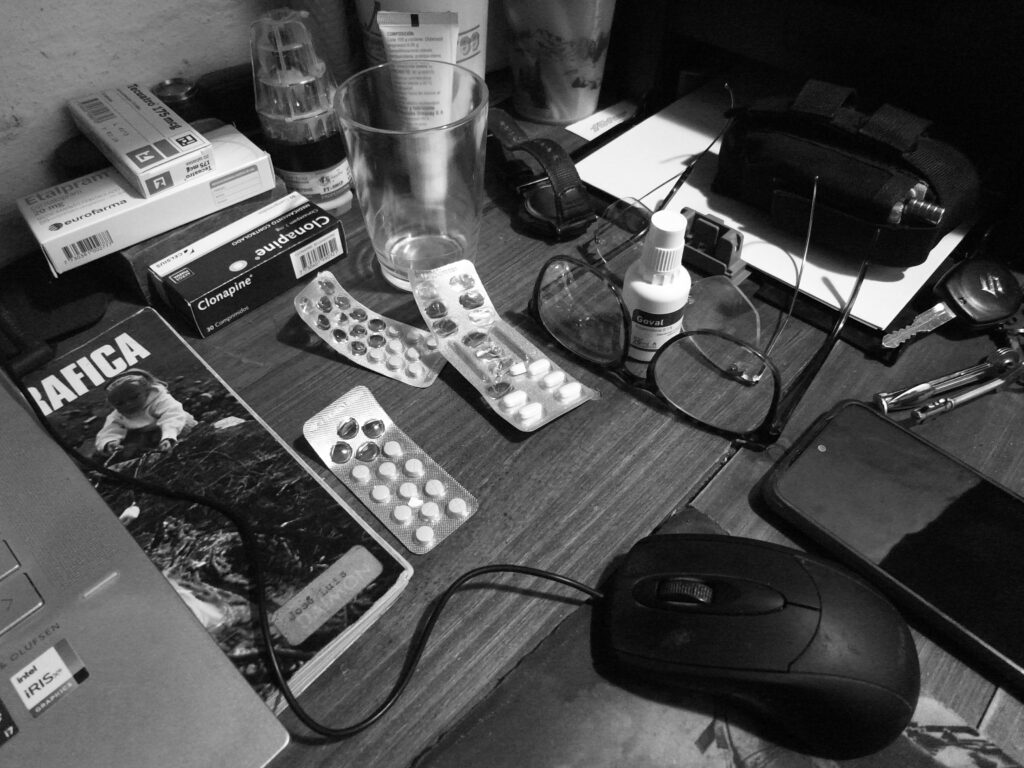
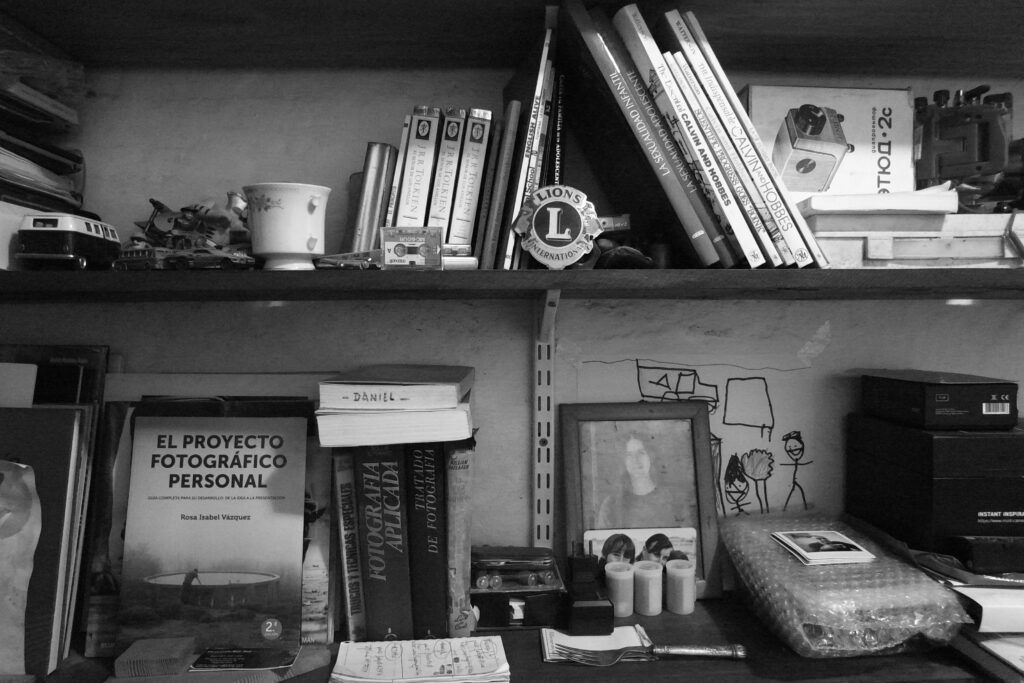

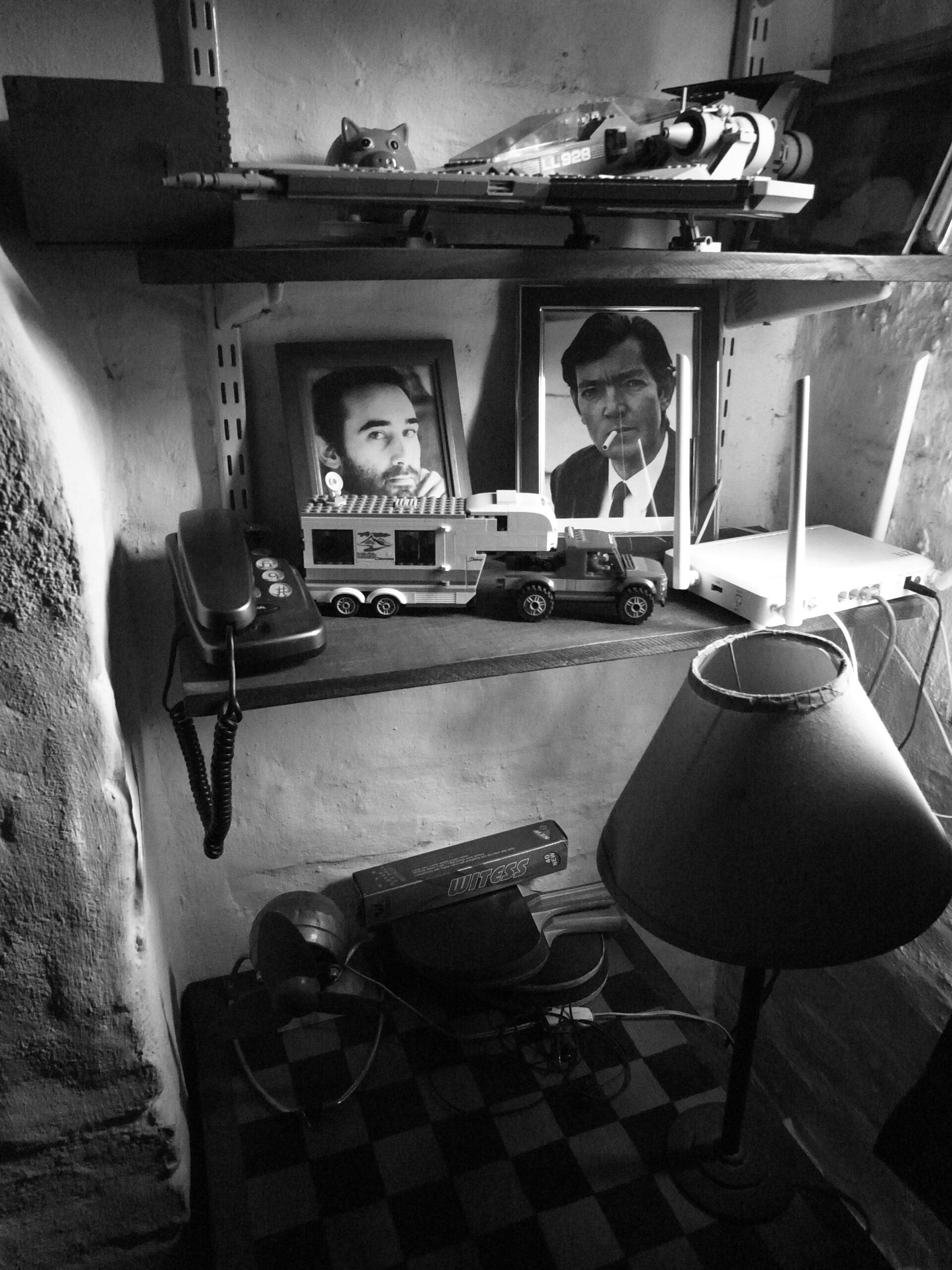
Conclusion
The Ricoh GX200 is the GR Digital Zoom that never was. Designed with the same spirit, but with a zoom that expanded the GR concept. Sold under the GX line to avoid damaging the fixed-lens GR series. Unjustly forgotten over time, today it is an attractive option for those seeking a retro compact with GR character and extra versatility. If Ricoh had released it as the “GR Digital Zoom” it would have been an icon. Today it is a hidden treasure.
 With 24mm optical viewfinder and UV filter.
With 24mm optical viewfinder and UV filter.
Here is the complete project: https://www.instagram.com/piodelgue/ and hare some other projects: https://www.instagram.com/javiermartinezdelgue/ by Javier Martínez Delgue
Share this post:
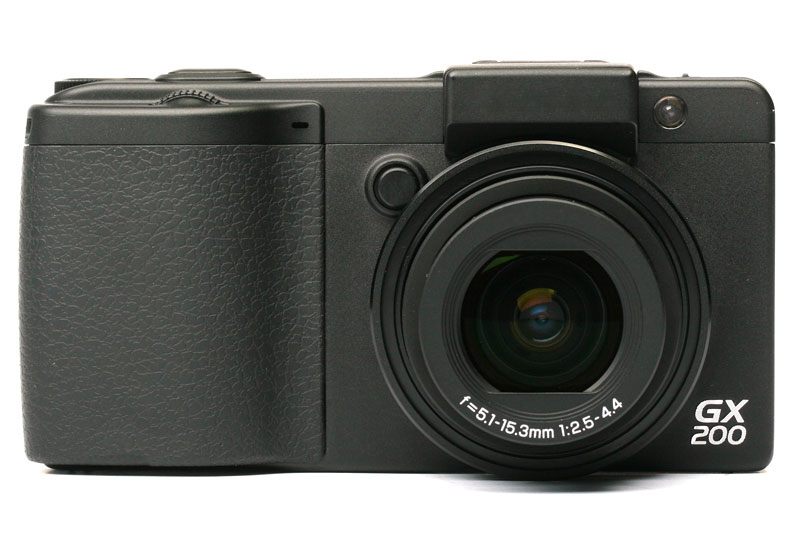
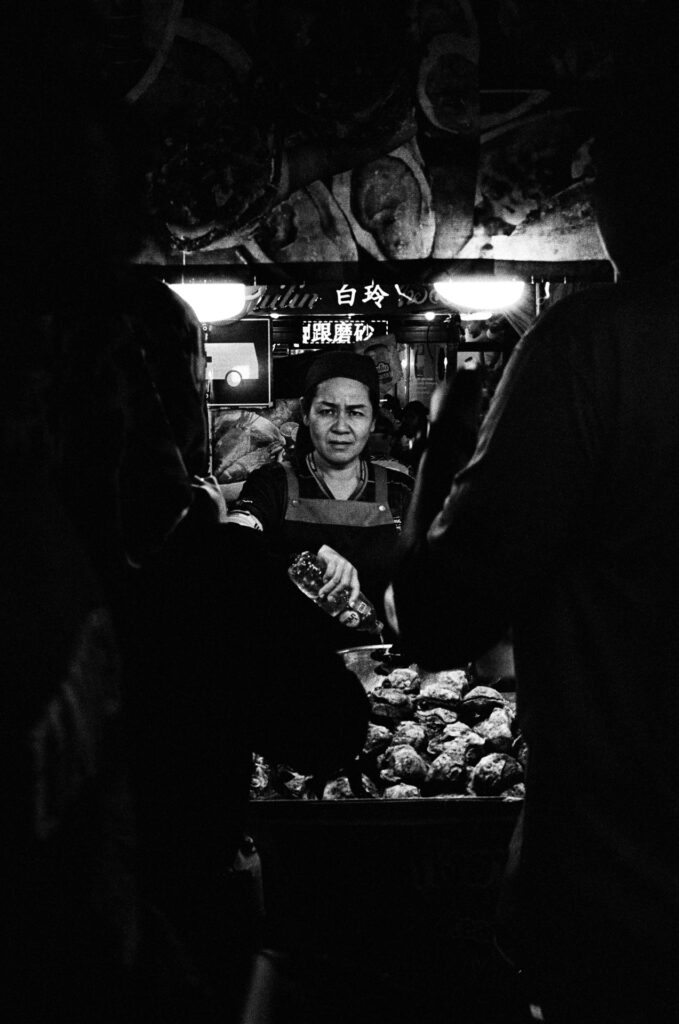
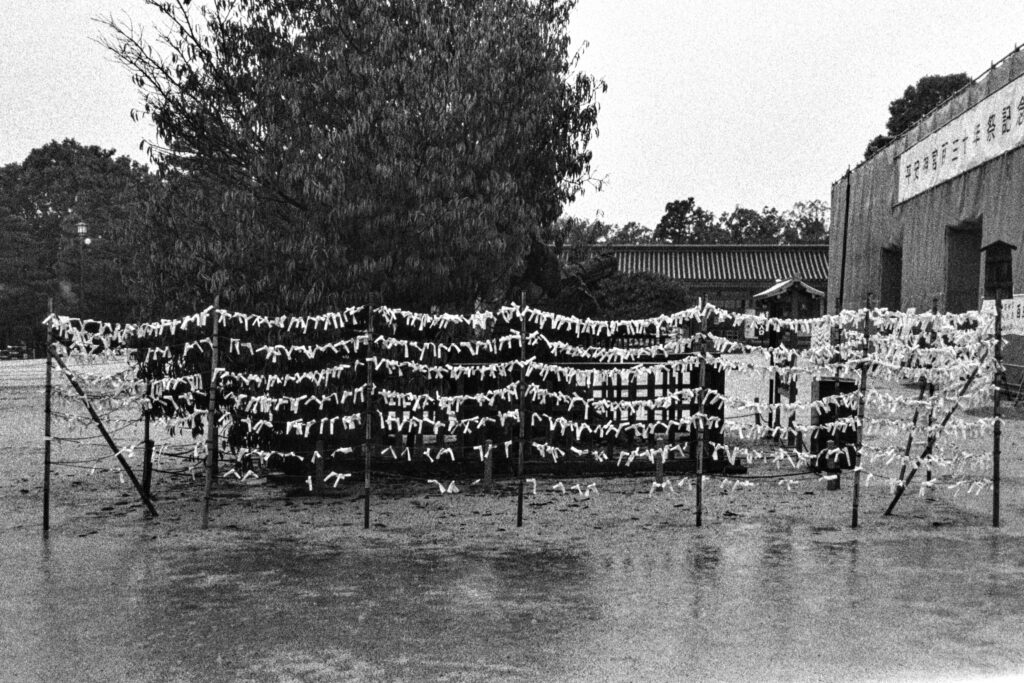
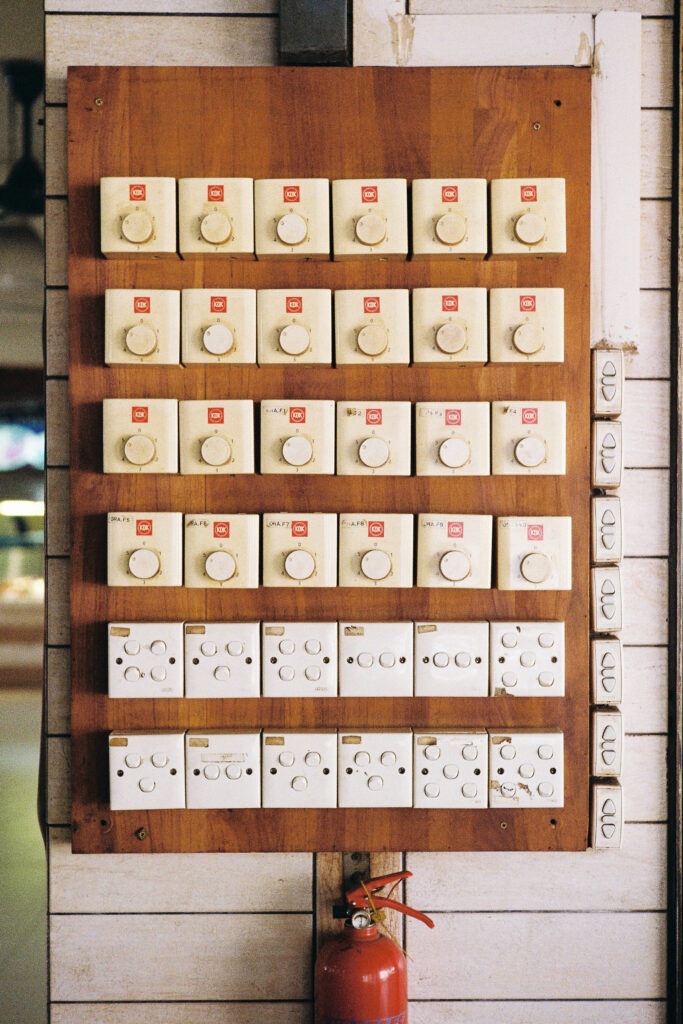

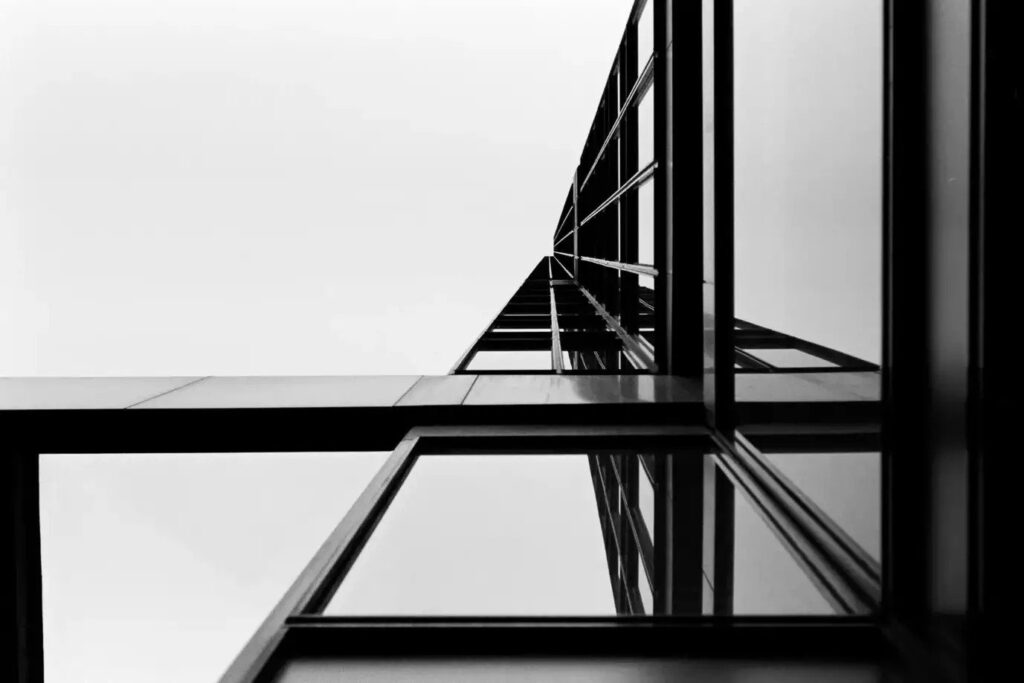


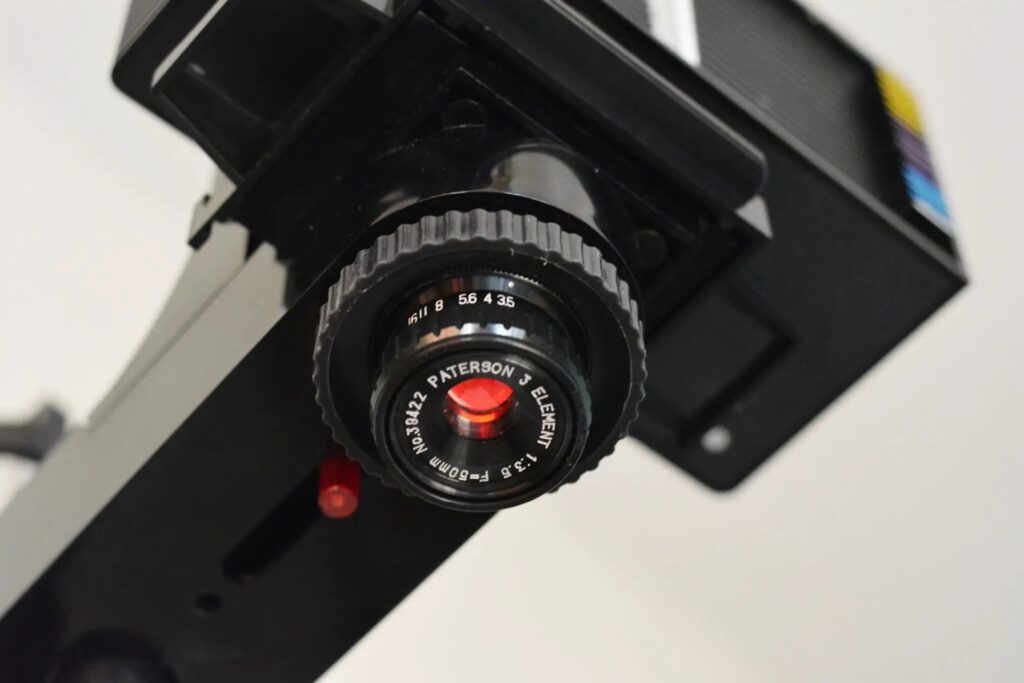
Comments
Dave Donnelly on Ricoh GX200 – the GR Digital Zoom
Comment posted: 22/08/2025
Dogman on Ricoh GX200 – the GR Digital Zoom
Comment posted: 22/08/2025
Art Meripol on Ricoh GX200 – the GR Digital Zoom
Comment posted: 22/08/2025
Keith Drysdale on Ricoh GX200 – the GR Digital Zoom
Comment posted: 22/08/2025
Gary Smith on Ricoh GX200 – the GR Digital Zoom
Comment posted: 22/08/2025
Looking forward to seeing more of your photographic journey.
Comment posted: 22/08/2025
Kainoa on Ricoh GX200 – the GR Digital Zoom
Comment posted: 22/08/2025
Bradley Newman on Ricoh GX200 – the GR Digital Zoom
Comment posted: 25/08/2025